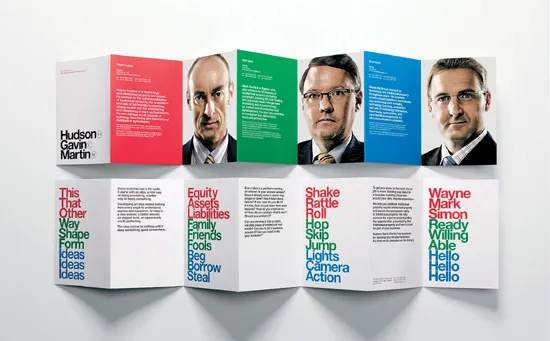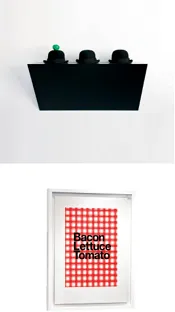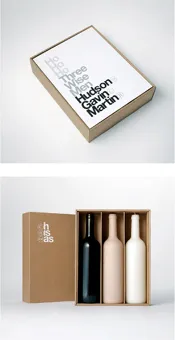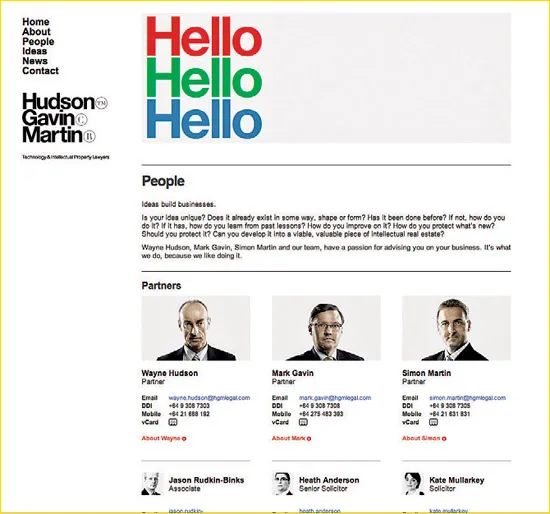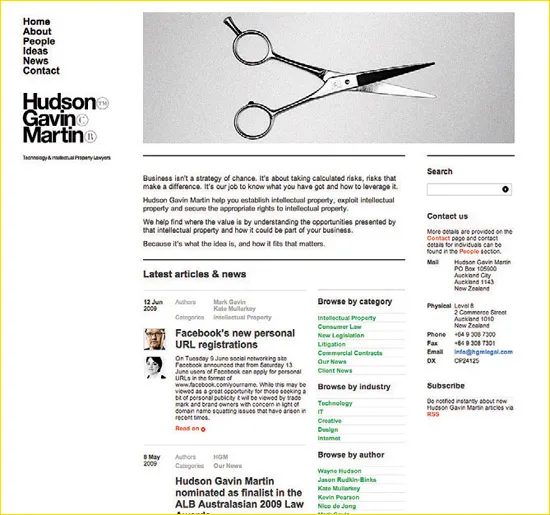
eBook - ePub
Managing the Design Process-Concept Development
An Essential Manual for the Working Designer
Terry Stone
This is a test
Partager le livre
- 208 pages
- English
- ePUB (adapté aux mobiles)
- Disponible sur iOS et Android
eBook - ePub
Managing the Design Process-Concept Development
An Essential Manual for the Working Designer
Terry Stone
Détails du livre
Aperçu du livre
Table des matières
Citations
À propos de ce livre
This book illustrates the point where theory meets practice in the design studio environment. This book examines design management concepts and methods in real-world applications. Unlike other books on design management, this book is visually stunning, featuring many image-rich case studies to illustrate the fundamentals of design management in a way that speaks to a design audience. The information is not something that is typically taught in design (or business) school—it's learned on the job, making this an invaluable reference for designers.
Foire aux questions
Comment puis-je résilier mon abonnement ?
Il vous suffit de vous rendre dans la section compte dans paramètres et de cliquer sur « Résilier l’abonnement ». C’est aussi simple que cela ! Une fois que vous aurez résilié votre abonnement, il restera actif pour le reste de la période pour laquelle vous avez payé. Découvrez-en plus ici.
Puis-je / comment puis-je télécharger des livres ?
Pour le moment, tous nos livres en format ePub adaptés aux mobiles peuvent être téléchargés via l’application. La plupart de nos PDF sont également disponibles en téléchargement et les autres seront téléchargeables très prochainement. Découvrez-en plus ici.
Quelle est la différence entre les formules tarifaires ?
Les deux abonnements vous donnent un accès complet à la bibliothèque et à toutes les fonctionnalités de Perlego. Les seules différences sont les tarifs ainsi que la période d’abonnement : avec l’abonnement annuel, vous économiserez environ 30 % par rapport à 12 mois d’abonnement mensuel.
Qu’est-ce que Perlego ?
Nous sommes un service d’abonnement à des ouvrages universitaires en ligne, où vous pouvez accéder à toute une bibliothèque pour un prix inférieur à celui d’un seul livre par mois. Avec plus d’un million de livres sur plus de 1 000 sujets, nous avons ce qu’il vous faut ! Découvrez-en plus ici.
Prenez-vous en charge la synthèse vocale ?
Recherchez le symbole Écouter sur votre prochain livre pour voir si vous pouvez l’écouter. L’outil Écouter lit le texte à haute voix pour vous, en surlignant le passage qui est en cours de lecture. Vous pouvez le mettre sur pause, l’accélérer ou le ralentir. Découvrez-en plus ici.
Est-ce que Managing the Design Process-Concept Development est un PDF/ePUB en ligne ?
Oui, vous pouvez accéder à Managing the Design Process-Concept Development par Terry Stone en format PDF et/ou ePUB ainsi qu’à d’autres livres populaires dans Design et Grafikdesign. Nous disposons de plus d’un million d’ouvrages à découvrir dans notre catalogue.
Informations
Sujet
DesignSous-sujet
GrafikdesignChapter 1
Applied Creativity

Creativity in a Business Environment
Design is a process, a service, a way of thinking, and an activity that results in objects, systems, artifacts, and outcomes. These results must all work aesthetically, functionally, and commercially. In short, design is applied creativity.
Design is not just for designers. At the very least, it involves a client—someone with a problem, goal, or objective—who engages the designer to provide solutions or meet needs. Design can serve a person, company, product, service, or idea. The client usually has someone they are directing these efforts toward—a customer, community, or audience, and it is typically commissioned by one person, but intended for another. According to AIGA, the professional association for design, “The act of designing is an inherently powerful act. In that act, we share the stage with CEOs, government officials, civic leaders, passionate activists, and fellow citizens.” Getting a handle on the collaborative nature of design required to deal with all these variable factors is no small task.
The Design Council UK says, “Good design is a quantifiable benefit, not a cost. Its value can be measured economically, socially, and environmentally.” Design is a balance of many factors, some objective and some subjective. Clients’ business or organization requirements, technical parameters, cost and time constraints, are all measurable and objective things. While aesthetic preferences, interpretations of design elements like color and form, emotional reactions, and cultural influences are all subjective.
Everything manmade is designed by someone, so it makes sense to consider exactly how and why things are designed. Every business’ requires a designed identity, environment, business papers, sales and marketing materials, and a website. It’s inevitable. Recognizing this and investing in a great design, rather than letting it just happen, is a key ingredient in every successful business.
More and more, clients recognize the value of design. But not every client really understands how to work with a designer. Getting the best out of their design consultants, participating in the process, and effectively interacting with creative people takes practice. Some clients do it over and over. There are individuals who are tasked with this job in large organizations. Small business owners may hire a designer once and rarely after that, simply maintaining the design they started with.
Many designers have trouble managing the design process on their end as well. They have trouble planning and implementing. There are myriad details to deal with, and lots of personalities—from clients to design team to outside suppliers. When you boil it all down, the actual creative act of ideation, is about thirty percent of the project, with seventy percent of the time dealing with issues of facilitation, communication, technology, relationships, expectations, technical specifications, manufacturing, etc. In short, any given job will be largely dealing with management of the design process.
Defining Design’s Power Role
Everything, but especially communication, is becoming increasingly complex. Things change so rapidly due to technology and new ways of interacting as human beings. It had given us more connectivity, but in many ways, less time to enjoy it. Plus product life cycles are shorter, and there is increased competition and a much higher demand for productivity and quality. There is also simply so much competition for everyone’s limited attention. We may have become multitaskers, but you have to wonder how well any of us is accomplishing the task at hand. With increased capabilities there are also increased expectations; therefore, there’s no feeling of ever really “advancing.”
The power of design is that it helps us to rise above these conditions and gets people connected with products and services in real and meaningful ways. Some things clients can expect design to help them accomplish:
• Establish or improve an image
• Identify them (clearly show who/what they are)
• Articulate the brand, its mission, and promises
• Differentiate them, make a product or service stand out from competitors
• Alleviate uncertainty and confusion in the marketplace
• Understand and track performance against competitors
• Boost aesthetic appeal
• Cut through overwhelming amounts of information
• Properly position the product or service
• Develop targeted message
• Package a product or service
• Communicate the benefits and advantages of a product or service
• Establish or improve customer connections/relationships
•...

